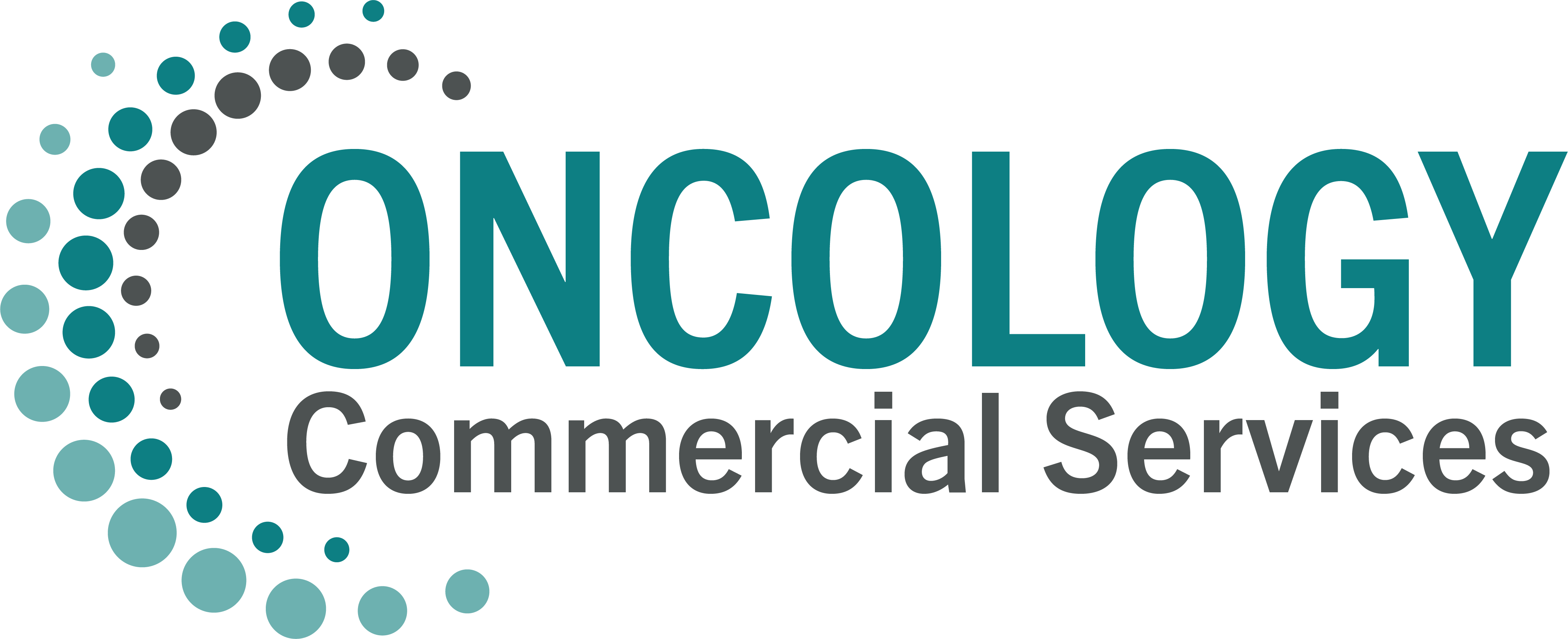There are few data on international variation in chemotherapy use, despite it being a key treatment type for some patients with cancer.
This population-based study used data from Norway, the four UK nations (England, Northern Ireland, Scotland, and Wales), eight Canadian provinces (Alberta, British Columbia, Manitoba, Newfoundland and Labrador, Nova Scotia, Ontario, Prince Edward Island, and Saskatchewan), and two Australian states (New South Wales and Victoria). Patients aged 15–99 years diagnosed with cancer in eight different sites (oesophageal, stomach, colon, rectal, liver, pancreatic, lung, or ovarian cancer), with no other primary cancer diagnosis occurring from within the 5 years before to 1 year after the index cancer diagnosis or during the study period were included in the study. Variation in chemotherapy use from 31 days before to 365 days after diagnosis and time to its initiation, alongside related variation in patient group differences was examined. Information was obtained from cancer registry records linked to clinical or patient management system data or hospital administration data. Random-effects meta-analyses quantified interjurisdictional variation using 95% prediction intervals (95% PIs).
Between Jan 1, 2012, and Dec 31, 2017, of 893 461 patients with a new diagnosis of one of the studied cancers, 111 569 (12·5%) did not meet the inclusion criteria, and 781 892 were included in the analysis. There was large interjurisdictional variation in chemotherapy use for all studied cancers, with wide 95% PIs: 47·5 to 81·2 (pooled estimate 66·4%) for ovarian cancer, 34·9 to 59·8 (47·2%) for oesophageal cancer, 22·3 to 62·3 (40·8%) for rectal cancer, 25·7 to 55·5 (39·6%) for stomach cancer, 17·2 to 56·3 (34·1%) for pancreatic cancer, 17·9 to 49·0 (31·4%) for lung cancer, 18·6 to 43·8 (29·7%) for colon cancer, and 3·5 to 50·7 (16·1%) for liver cancer. For patients with stage 3 colon cancer, the interjurisdictional variation was greater than that for all patients with colon cancer (95% PI 38·5 to 78·4; 60·1%). Patients aged 85–99 years had 20-times lower odds of chemotherapy use than those aged 65–74 years, with very large interjurisdictional variation in this age difference (odds ratio 0·05; 95% PI 0·01 to 0·19). There was large variation in median time to first chemotherapy (from diagnosis date) by cancer site, with substantial interjurisdictional variation, particularly for rectal cancer (95% PI –15·5 to 193·9 days; pooled estimate 89·2 days). Patients aged 85–99 years had slightly shorter median time to first chemotherapy compared with those aged 65–74 years, consistently between jurisdictions (–3·7 days, 95% PI –7·6 to 0·1).
Large variation in use and time to chemotherapy initiation were observed between the participating jurisdictions, alongside large and variable age group differences in chemotherapy use. To guide efforts to improve patient outcomes, the underlying reasons for these patterns need to be established.
Those who are elderly are frequently healthier than similar cohorts in the past (control of hypertension, less smoking and more attention paid to health) and some of the assumptions based on past results could be re-examined (this improvement in health in this group needs balancing with others who have health problems related to T2DM, NAFLD etc.). Individuals need to be assessed as individuals not as an age.
READ THE ARTICLE – https://www.thelancet.com/journals/lanonc/article/PIIS1470-2045(24)00031-7/fulltext
